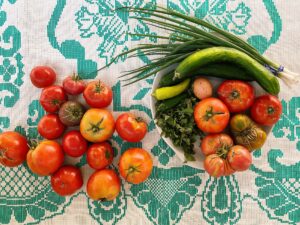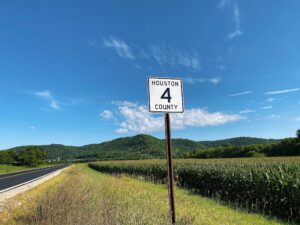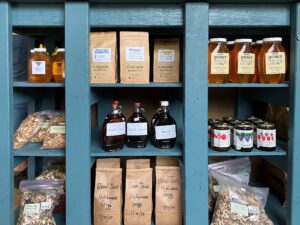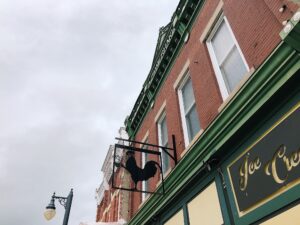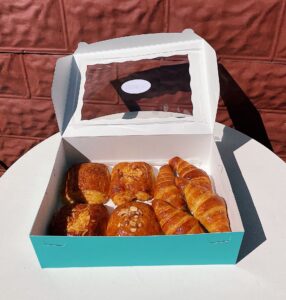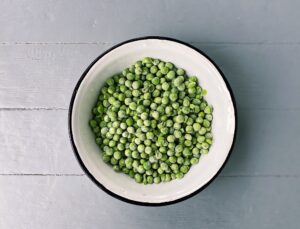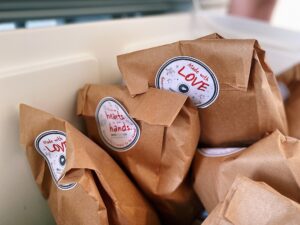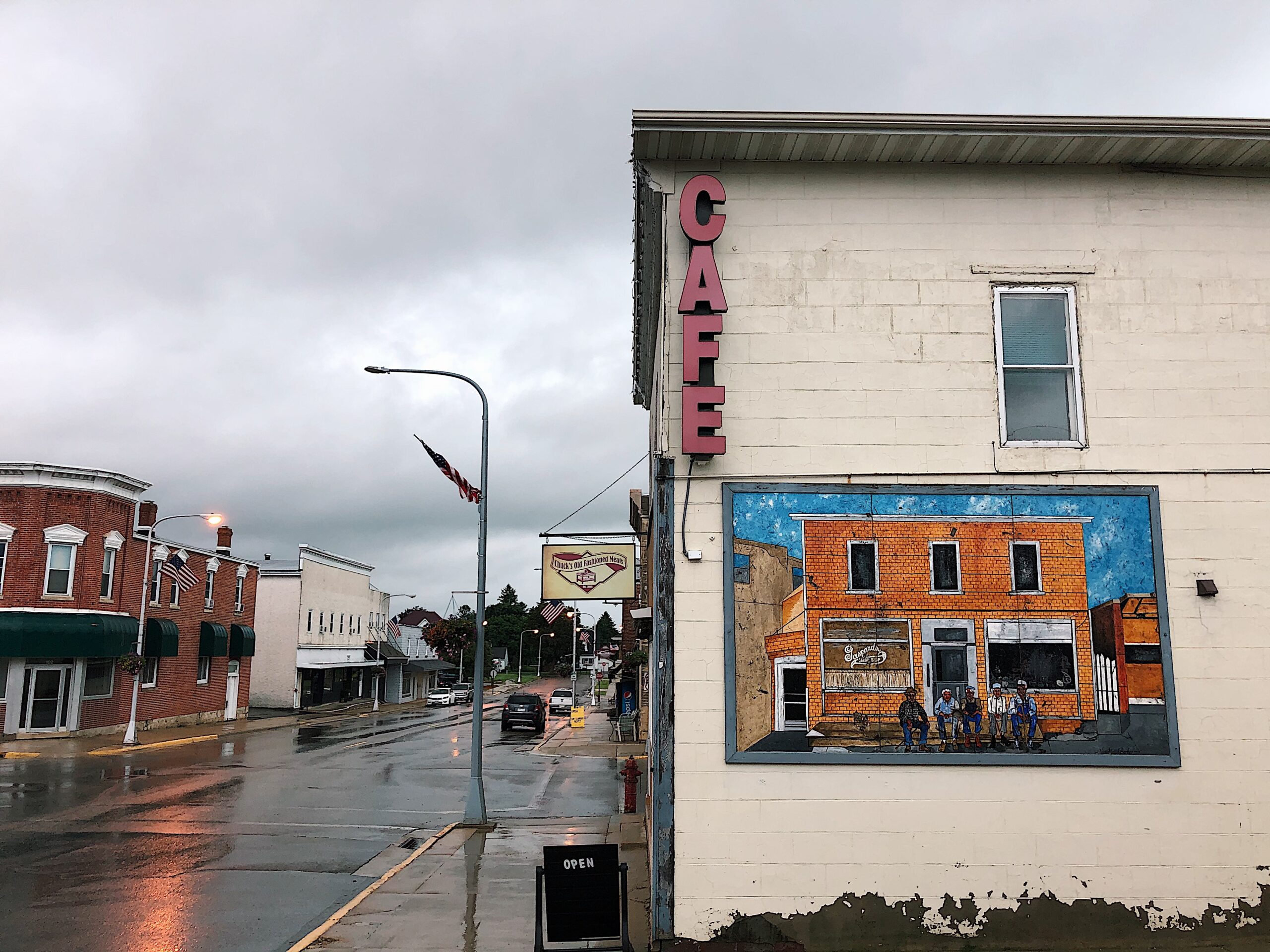This piece about cultivating a life during COVID-19 is part of a larger project to document the culinary resilience of southeastern Minnesota’s Houston County during the pandemic. You can read more about my Crystal Creek Citizen-Artist Residency project here.
I acknowledge that by focusing on culinary resilience, I may not be telling the full story. Not everyone has the time and resources for gourmet cooking and foraging, especially front-line workers and those providing essential services. They deserve our deepest gratitude.
2020 saw a revival of foraging, cultivating, cooking, and growing. For some, a shift to virtual learning and remote working created space and time for reconnecting to food. Others looked to growing and foraging as a way to secure food during a time of economic hardship.
Garden stores across the Driftless region had stellar seasons as residents spent the spring and summer planting and weeding. So many people decided to start raising chickens that chicken feed and chicken wire sold out. One Houston County resident reported buying chicken wire from Canada because it was unavailable in the U.S.
Mushroom foraging became another popular activity in the early days of COVID-19. The wooded hills of the Driftless region are filled with pheasant backs, morels, golden oysters and other delectable finds, and many people took to the trails in search of mushrooms. At one point this summer, a pocket-sized mushroom identification book, Mushrooms of the Upper Midwest, was selling for $76 due to demand.
While exploring Houston County, I visited Wiebke Trading in Eitzen, a fur-trading company known for buying morel mushrooms from foragers. The manager, Jason, was concerned going into the 2020 morel season. Since restaurants were closed and people had extra time, Jason feared foragers would find more morels than Wiebke Trading would be able to sell. However, throughout the whole Midwest and central United States, the weather conditions were unfavorably dry and too cold.
Morel production is declining. Jason describes the peak years back in the 80s and 90s when people would come in with pickup trucks full of morels. “At peak, I remember buying 1,000 pounds in one day. Now we buy 1,000 pounds all year,” Jason tells me. This shift is partially due to the dying elm tree population, since morels are known to grow near their trunks.
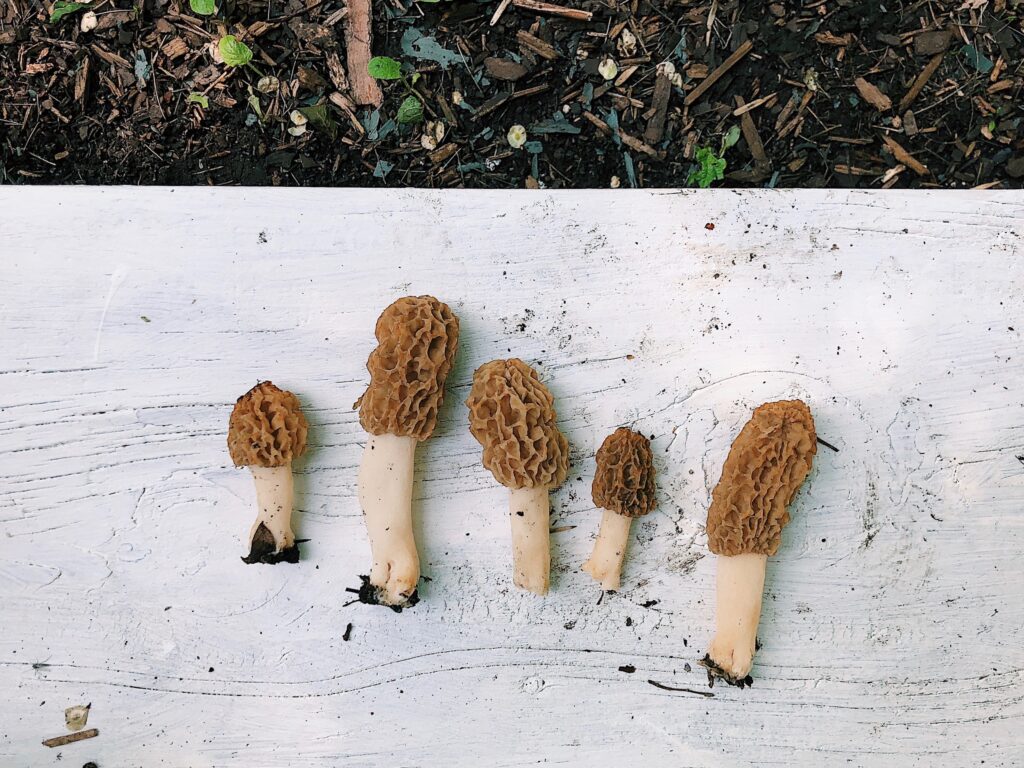
Morel mushrooms are an elusive delicacy. After visiting Wiebke Trading, I know where to go if I ever have too many morels—though this seems highly unlikely. If you like morels, check out the Mainspring Community Cookbook for a Morels with Barley recipe. Mainspring, an arts and culture organization based in Caledonia, created a cookbook of community-submitted recipes as a way to connect during the pandemic.
For some, it’s not morels but ramps that will be aligned with the early days of COVID-19. During spring in the Driftless region, a forager does not have to work hard to find this garlicky member of the onion family growing rampant among the hills heralding spring.
A local resident and I bond over a shared love of ramps. “Oh, ramps!” she exclaims, her eyes lighting up. “The joy I experience in finding a hillside of them!” she says. Ramps can be used in a variety of ways, from pasta to pizza to pesto-like sauces, all designed to highlight their pungent flavor.
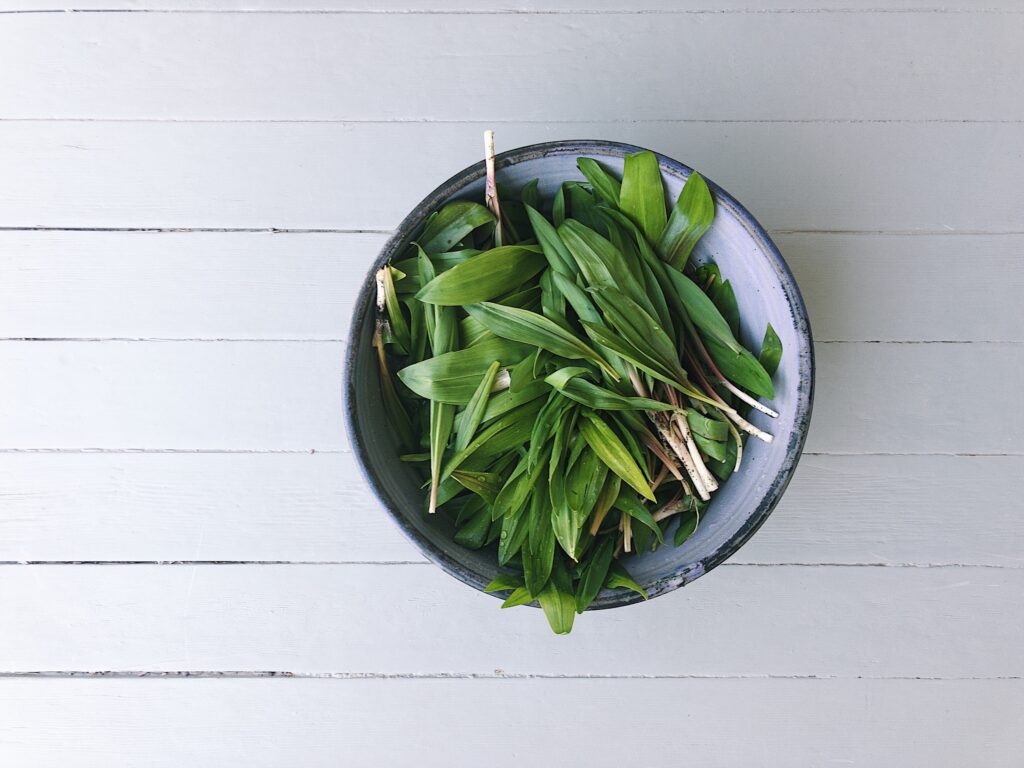
Another Spring Grove resident tells me about boring holes into a recently felled tree to plant 1,000 shiitake mushroom plugs. “I would never have considered it before COVID-19,” she says. She and her husband, who also got chickens, were working from home so they started seedlings and expanded their garden.
She also started making homemade pasta—ravioli, fettuccine, rigatoni, and more, inspired by a shop in San Francisco famous for rainbow-colored pasta. She asks if I know a source for a black natural dye. “Squid ink is on backorder due to COVID-19,” she says. She’s considering using pureed blackberries and cheesecloth.
Ranging from obscure to ordinary, food items and supplies are seeing upended markets throughout the pandemic, whether that’s squid ink or yeast or canning lids. In late summer, NPR reported on a canning lid shortage as the eager and determined gardeners of 2020 scrambled to find necessary supplies to preserve their bounty.
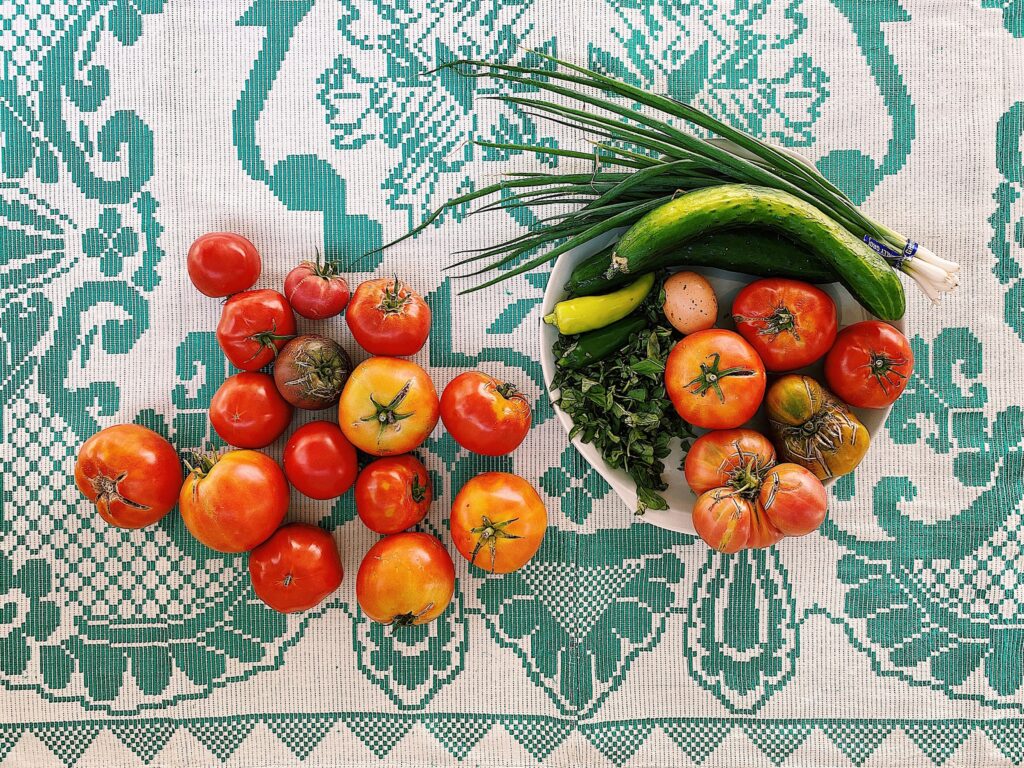
As these stories continue to emerge, I wonder—are we all more alike than we think? We buy the same foods in bulk, start the same projects, buy the same chicken wire and plastic swimming pools. We start gardens and bake sourdough bread and try to buy canning lids at the exact same time. Maybe it’s because we’re connected on social media. But we’re also responding to a basic human need. And it’s hard to imagine an activity that captures the human spirit more than planting a garden.
My husband’s grandmother used to say, “Don’t grow vegetables. They will only break your heart.” But no matter how many times vegetables break us, we’ll keep trying. As the air warms just slightly and the breeze is thick with the scent of earth, we’ll return to our gardens. We’ll rework the dirt and plan the placement of our seedlings.
And each time we survey our work, glancing across shoots of green and budding flowers, we center ourselves to the Earth, cultivating hope despite the uncertainty of the changing seasons.
A Poem for 2020
It is May, it is blue skies, it is beautiful.
But it is wrong
like the eerie calm before a storm.
Only the birds are out
with their cacophony of chirping
and the giant fuzzy bees.
I watch tiny pea shoots grow,
finding solace in this strange world,
in the only thing that makes sense right now.
We left city limits for the first time in a month.
At the end of the road we found another world—
Bluebells, golden in the fading sun, undisturbed.
Passing by a carpet of ramps, the sweet and
tangy satisfaction lingers on our tongues.
And we sit by the river wondering—
maybe this is what it’s all about.
—Elisabeth Fondell

Elisabeth A. Fondell is a writer, potter, and food enthusiast living in the rural Midwest. She is currently working on Food Stories From Houston County, a project documenting stories of culinary resilience in Minnesota’s southeastern-most county through the Crystal Creek Citizen-Artist Residency.
Elisabeth began focusing on place-based food writing after receiving a grant from the Southwest Minnesota Arts Council to create a body of work celebrating the intersection of food and culture. See that exhibit here.







